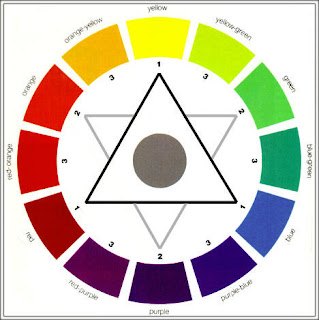Good composition is the key to a successful
painting.
In landscape painting, artists have to crop the image to create atractive scene in order to make it interesting for the viewer, to add their contribution and design their own composition for an aesthetic arrangement of nature elements. That composition will become the concept of their painting and the foundation of great artwork which can transmit emotion, music and poetry. In other words. a powerful painting means to push the design and composition to overcome the banality of the image.
The means to create a good composition are the result of the efforts and experience of the great masters and are clasified as rules and principals. om y knowledge, the bellow stated are crucial important in oil painting:
The Golden Ratio or „The Divine Proportion” and The Rule of thirds.
-
„S” curve
and Diagonal lines.
-
Perspective
and Athmospheric perspective
-
Focal
point and Center of interest
-
Edges
and depth
-
Value
and color temperature
-
Brush
strokes, Texture and Movement
-
Lighting
and contrast
-
Hue
and saturation, Color vibration, Color harmony, Mood, Music and poetry.
The Rule of Thirds. The rule of thirds is one of the most fundamental rules of composition to produce images that are more appealing to viewer eyes and have the sense of beauty. The Rule of Thirds is a derivative of the “Golden Ratio”, a design concept based on Fibonacci sequence to create visually appealing proportions in art, architecture, and graphic design. The proportion, size and placement of one element compared to another creates a sense of harmony. This unique ratio has been utilized by artists and architects such as Salvador Dali and Leonardo da Vinci. This ratio can be simplified into a rectangle, which is referred to as “The Golden Rectangle”.
Artist can
simply use The Rule of Thirds to obtain an aesthetic benefit, by dividing the
image into segments using imaginary vertical and horizontal lines. The
intersection of these lines are excellent places to position important elements
such as focal points.
„S” curve. In the visual arts, an S-curve is a shape which
serves for a compositional scheme, which can help viewer eye to guide through
the image. It gives dynamic movement and a restful sens of the entire painting.
Diagonal line. Using diagonal lines one can create tension and dynamics
leading the eyes in a particular direction.
Focal point and Center of interest. The focal point is the center of interest or activity in a work of art. It is the most important part of a painting or photograph. The focal point of a painting is the area in the composition to which the viewer’s eye is naturally drawn. Contrast, structure and color are three things that help define the focal point.
Perspective. Linear perspective creates the illusion of distance.The further away an object is, the smaller it
will appear. It is generaly know the fact that the parallel lines never
meet. They appear to do so
as they get further away from the viewer towards the horizon, where they
disappear into so called the vanishing point.
Atmospheric, Aerial or Atmospheric perspective creates
the sense of distance in a painting by the variation of the color of objects as
they receds into distance; they appear to be more blue and pale, with reduced
clarity, less color saturation and cooler.
Edges. One of the most useful
tools an artist can use to produce iIllusion of depth is by the manipulation of
edges. In painting, the edge shape is obtained by the degree of value and color
contrast; edges can be hard, firm, soft or lost.
In may painting „Chinaman’s Bluff” I experienced all above principles. Each section of the vertical division can be seen as a separate painting having all necessary elements. Shaping the river in the „S” curve the painting has interesting style and convincing depth. Pale blue - graysh color of the far mountain contrasting with saturated colors in the foreground gives arial perspective. Strong foliage color of the trees bring the autumn mood with golden vibration. The contrast between the river blue water and the orange – yeloww field and trees create harmony of the complementary colors. A first glance of the paynting gives me the beaytiful sound and image of music and poetry.
Oil on canvas 40 x
40 cm – January 2021







Comments
Post a Comment